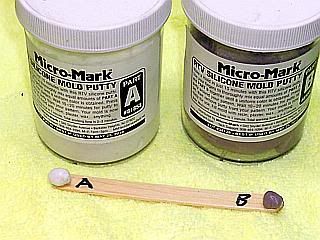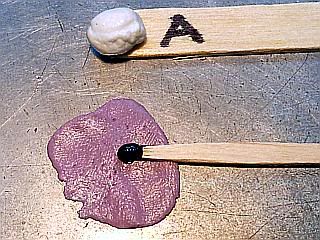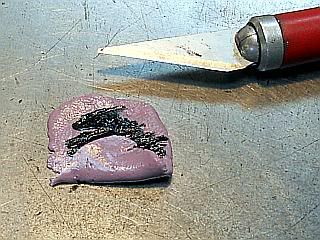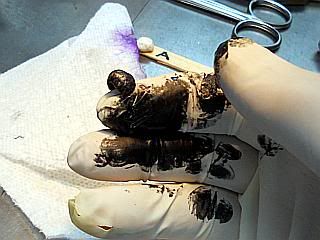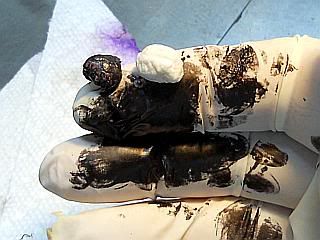Thanks to all who commented on the process.
Post #2 of this thread has been edited.
In it I made a recommendation for a pigment that I thought would work, but it does not.
stevehuckss396 tried it and the silicon would not set up. Details in his Small V8 thread at:
http://www.homemodelenginemachinist.com/index.php?topic=9609.msg159224#msg159224
Sorry for any inconvenience. I don't have another recommendation at this time.
Another apology is also in order. In reviewing this thread I see that I missed Ken'[s question about using polyurethane instead of silicon. Sorry Ken. I was not ignoring you on purpose.
I have not used any urethane rubber for at least 15 years so my knowledge is limited. Rigid urethane would not work as it has no stretch.
I see no reason why urethane rubber would not work with a few reservations. If trying it, I would use some that sets up to about a Shore 30 hardness. Shore 40 might work, but I think it would be harder than I would want. Other possible problems:
1. What I have used cures slowly so it would be several hours before it could be demolded.
2. The resins have a low viscosity so the mold would have to be machined carefully to prevent leakage.
This could probably be overcome with a thickening agent also.
3. Some of the urethane rubbers want to stick to metals. Most do not, but a mold release may be necessary.
Gail in NM





